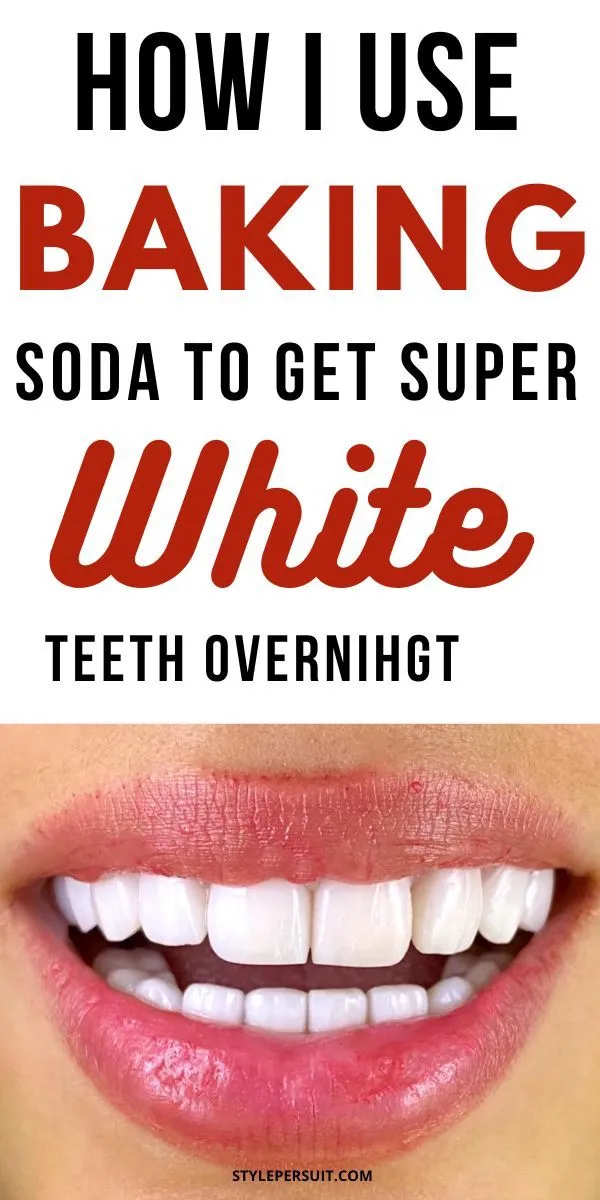What is Baking Soda and How Does it Work for Teeth Whitening
Baking soda, also known as sodium bicarbonate, is a common household item with a wide range of uses, from cooking to cleaning. But, can it also be used for teeth whitening? The short answer is yes, baking soda has been used for teeth whitening due to its abrasive properties and its ability to neutralize acids. This guide explores how baking soda works, provides a step-by-step method, and reviews both the pros and cons of using baking soda for teeth whitening. Understanding the science behind baking soda’s effectiveness is essential before incorporating it into your oral hygiene routine. This guide aims to provide you with the knowledge to make informed decisions about your teeth whitening journey.
The Science Behind Baking Soda’s Whitening Power
Baking soda acts as a mild abrasive. This means that when you brush your teeth with it, it can help to scrub away surface stains caused by things like coffee, tea, and tobacco. The abrasive nature of baking soda helps in physically removing the stains from the surface of the enamel. In addition to its abrasive properties, baking soda also has a slight whitening effect due to its alkaline nature. It creates an environment in your mouth that is less acidic, which can help to prevent the erosion of tooth enamel. While the scientific evidence supporting baking soda’s whitening efficacy is limited, many users report noticeable improvements in the brightness of their teeth after regular use. However, it’s crucial to understand that baking soda’s whitening power is primarily for surface stains and not for intrinsic discoloration within the tooth itself.
How Baking Soda Removes Stains
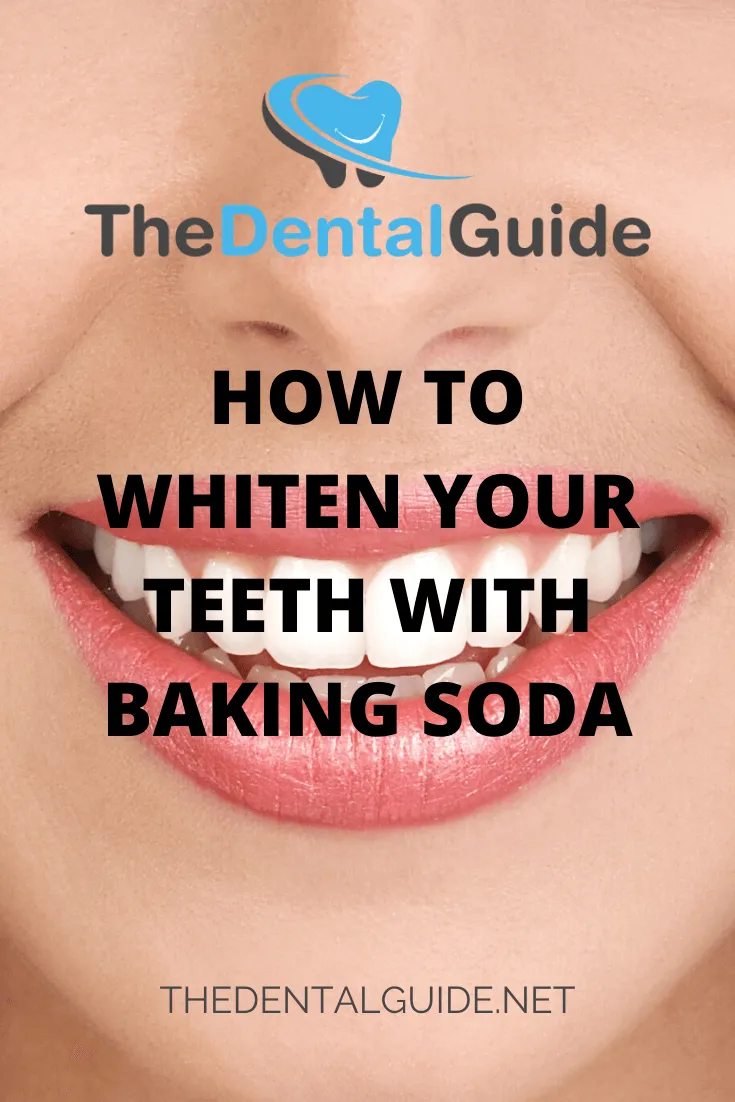
The primary mechanism by which baking soda helps remove stains is through mechanical action. When you brush with baking soda, the small, slightly abrasive particles gently scrub the tooth surface. This process helps to dislodge and remove stain particles that have adhered to the enamel. These particles might come from colored foods and drinks such as coffee, tea, wine, or even from the use of tobacco products. Baking soda also helps to neutralize acids in the mouth, which can also contribute to tooth discoloration. The removal of these surface stains leads to a cleaner, brighter smile. It is also important to note that baking soda is not a bleaching agent. It does not change the color of the tooth itself but helps remove surface stains to reveal the natural whiteness of the teeth. Regular brushing with baking soda can contribute to a more effective and less harsh whitening process.
Step-by-Step Guide to Whitening Teeth with Baking Soda
Whitening your teeth with baking soda can be a simple and cost-effective method, but it is essential to follow the correct procedure to maximize benefits and minimize risks. Here’s a step-by-step guide on how to effectively use baking soda for teeth whitening. Always consult with your dentist before starting any new oral hygiene regimen, especially if you have existing dental issues or sensitivities. Doing it right can provide results, but doing it wrong can harm your teeth and gums. This is why this guide is prepared for your convenience, to ensure your safety and the effectiveness of the process.
Ingredients and Tools You’ll Need
To begin, you’ll need a few essential ingredients and tools. The primary ingredient is baking soda (sodium bicarbonate), which is readily available in most grocery stores. You’ll also need water, ideally purified or filtered, to create the paste. For tools, a clean toothbrush is required; using a soft-bristled toothbrush is recommended to prevent excessive abrasion. You may also want a small bowl to mix the paste, and a measuring spoon to ensure accurate proportions. Be sure all the items are clean and ready for use. Having these essential items ready helps the process to be seamless and effective, ensuring good oral hygiene habits.
The Baking Soda Paste Recipe

Creating the perfect baking soda paste is crucial for effective and safe teeth whitening. Start by mixing one teaspoon of baking soda with a small amount of water. Add the water gradually, mixing until you achieve a paste-like consistency. The paste should not be too runny or too thick. It should be easy to apply to your toothbrush and stay on your teeth. The ideal ratio is usually enough water to make a paste that easily spreads. You can adjust the amount of baking soda and water to achieve the desired consistency. The texture is key; ensure the paste is not too abrasive or too diluted, to avoid irritating the gums or reducing its effectiveness. Use the freshly made paste immediately for the best results.
Application Instructions
Once you’ve prepared the paste, apply it to your toothbrush. Gently brush your teeth, using small circular motions. Focus on each tooth surface, ensuring that you reach all areas. Brush for about two minutes, being careful not to apply too much pressure, as this can damage your enamel and gums. Rinse your mouth thoroughly with water to remove any remaining paste. Ensure there are no remnants of the baking soda in your mouth. After brushing, you can follow up with your regular toothpaste to freshen your breath and add additional protection. Regular and careful application helps ensure both effective cleaning and the safety of your teeth and gums. Consistent brushing technique will produce the desired results.
Frequency and Duration
When it comes to frequency, it’s generally recommended to use baking soda for teeth whitening no more than two to three times per week. Overuse can lead to enamel erosion and increased sensitivity. For the duration, brush for about two minutes each time, which is the recommended time for general brushing. Monitor your teeth for any signs of increased sensitivity or irritation. If you experience any discomfort, reduce the frequency or discontinue use and consult with your dentist. Combining this method with regular dental check-ups and good oral hygiene habits will contribute to a healthy and bright smile. Adhering to this schedule provides a balanced approach, maximizing the benefits of baking soda while minimizing the risks of damage.
Reviewing the Benefits of Baking Soda for Teeth Whitening
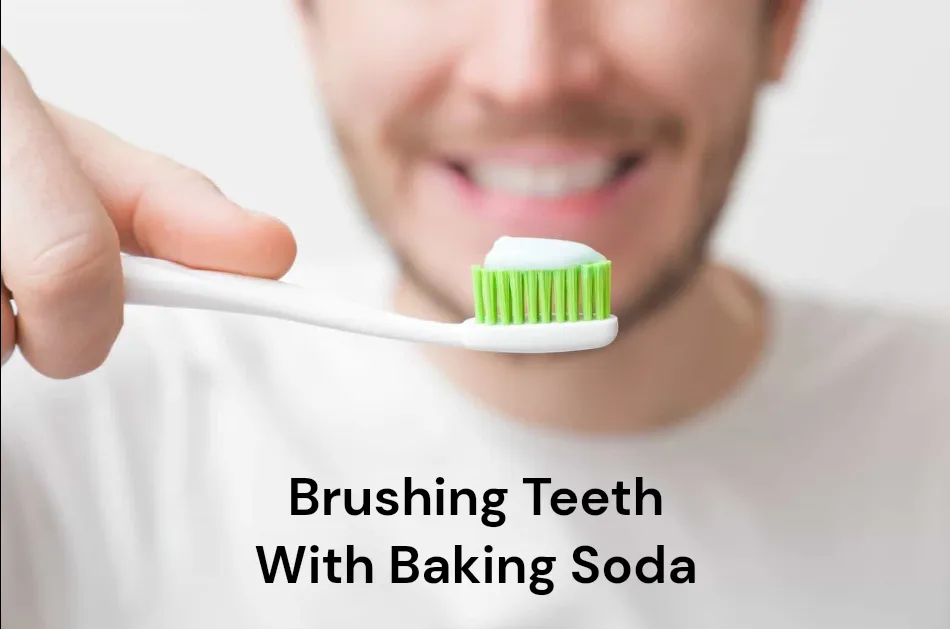
Using baking soda for teeth whitening offers several benefits, making it an attractive option for many. One of the primary advantages is its effectiveness in removing surface stains. This leads to a noticeable improvement in the brightness of your teeth. Baking soda is also a cost-effective solution compared to expensive professional treatments or commercial whitening products. Additionally, baking soda is easily accessible, as it is a common household item. Its mild abrasive nature helps to polish the teeth, contributing to a cleaner feeling. Many users report a feeling of freshness and cleanliness after use. However, it’s essential to consider both the benefits and potential risks before making it a regular part of your oral care routine, to ensure safety and effectiveness.
Cost-Effectiveness and Accessibility
One of the biggest advantages of using baking soda for teeth whitening is its cost-effectiveness. Baking soda is an inexpensive product that can be found in any grocery store, making it an accessible option for almost everyone. Unlike expensive whitening treatments, the cost of baking soda is minimal, providing a budget-friendly alternative. This accessibility makes it an excellent option for those looking to improve their smile without spending a lot of money. Moreover, the simplicity of the method means there’s no need for special equipment or professional assistance. The ease of access and the low cost make baking soda a practical choice for many people seeking a whiter smile on a budget. This cost-effectiveness makes it an appealing option for maintaining oral hygiene.
Potential Risks and Side Effects
While baking soda can be effective, it is important to be aware of the potential risks and side effects associated with its use. Overuse or improper application can lead to several dental issues. It’s crucial to understand these risks to use baking soda safely. Always consult with a dentist if you experience any negative side effects. Being well-informed and cautious can help you achieve the desired results without compromising your dental health. Remember that prevention is key to maintaining both a beautiful smile and overall oral health. Consider all the factors to ensure you can achieve the intended effect without causing long-term damage.
Tooth Sensitivity and Gum Irritation
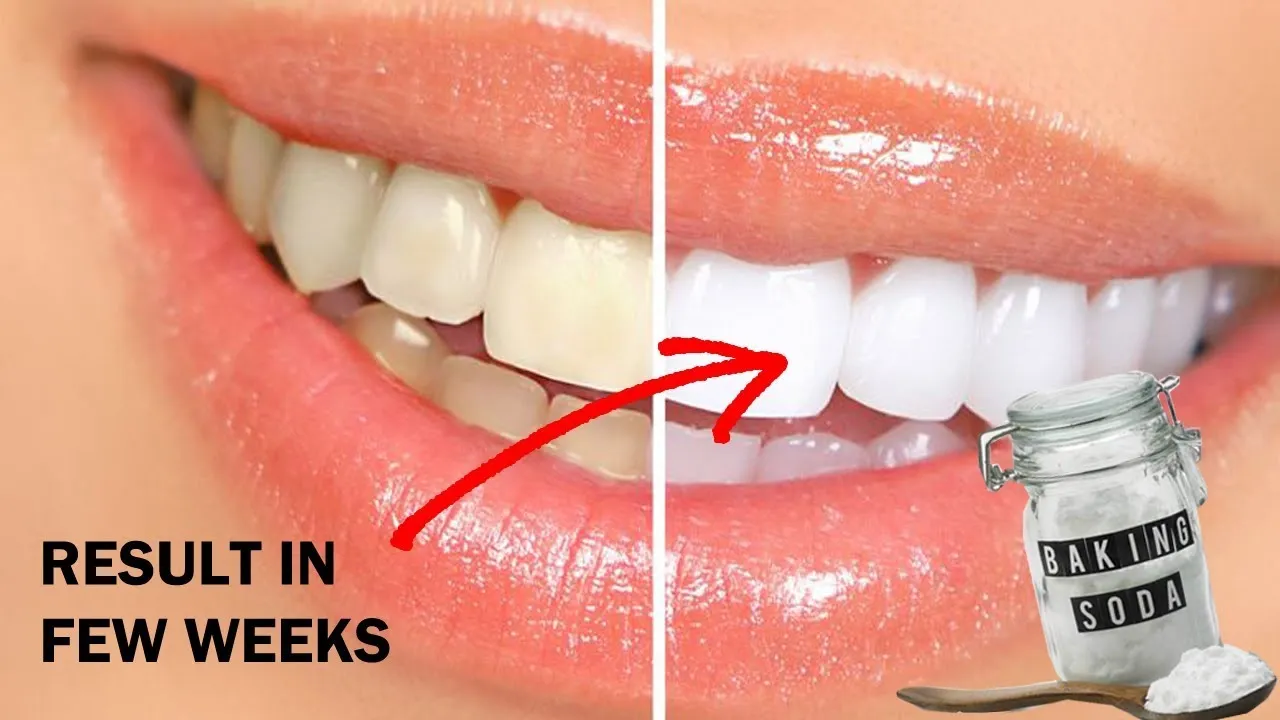
One of the most common side effects of using baking soda for teeth whitening is increased tooth sensitivity. This happens because the abrasive nature of baking soda can wear down the enamel, exposing the underlying dentin, which is more sensitive to temperature changes and pressure. Gum irritation is also a potential issue. The abrasive particles can irritate the gums, leading to redness, swelling, and discomfort. If you experience sensitivity or gum irritation, it’s essential to reduce the frequency of use or discontinue the practice. Proper brushing technique, using a soft-bristled toothbrush, and rinsing thoroughly can help to mitigate these side effects, but it’s crucial to monitor your mouth for any adverse reactions and consult with your dentist if symptoms persist.
Enamel Erosion Concerns
The most significant long-term risk associated with using baking soda for teeth whitening is enamel erosion. Enamel is the hard, protective outer layer of your teeth, and once it’s eroded, it cannot be naturally replaced. Excessive abrasion from baking soda can gradually wear away the enamel, making your teeth more susceptible to cavities, sensitivity, and discoloration. Over time, this erosion can lead to serious dental problems. The degree of erosion depends on the frequency of use, the force applied during brushing, and the consistency of the baking soda paste. It’s crucial to use baking soda sparingly and with caution to minimize the risk of enamel erosion. If you notice any changes in the texture, appearance, or sensitivity of your teeth, consult with your dentist immediately.
Who Should Avoid Baking Soda for Whitening
While baking soda is safe for many individuals when used in moderation, some people should avoid it altogether. Those with sensitive teeth or a history of enamel erosion should be particularly cautious. Individuals with gum disease or other oral health issues should consult with their dentist before trying this method. Children should not use baking soda for teeth whitening, as their enamel is still developing and more susceptible to damage. If you are unsure whether baking soda is suitable for you, it’s always best to seek advice from your dentist. People who are prone to cavities or who have existing dental work, such as fillings or crowns, should also exercise caution, as baking soda can potentially damage or discolor these restorations. Always prioritize professional dental advice before starting any new oral care treatment.
Comparing Baking Soda to Other Whitening Methods
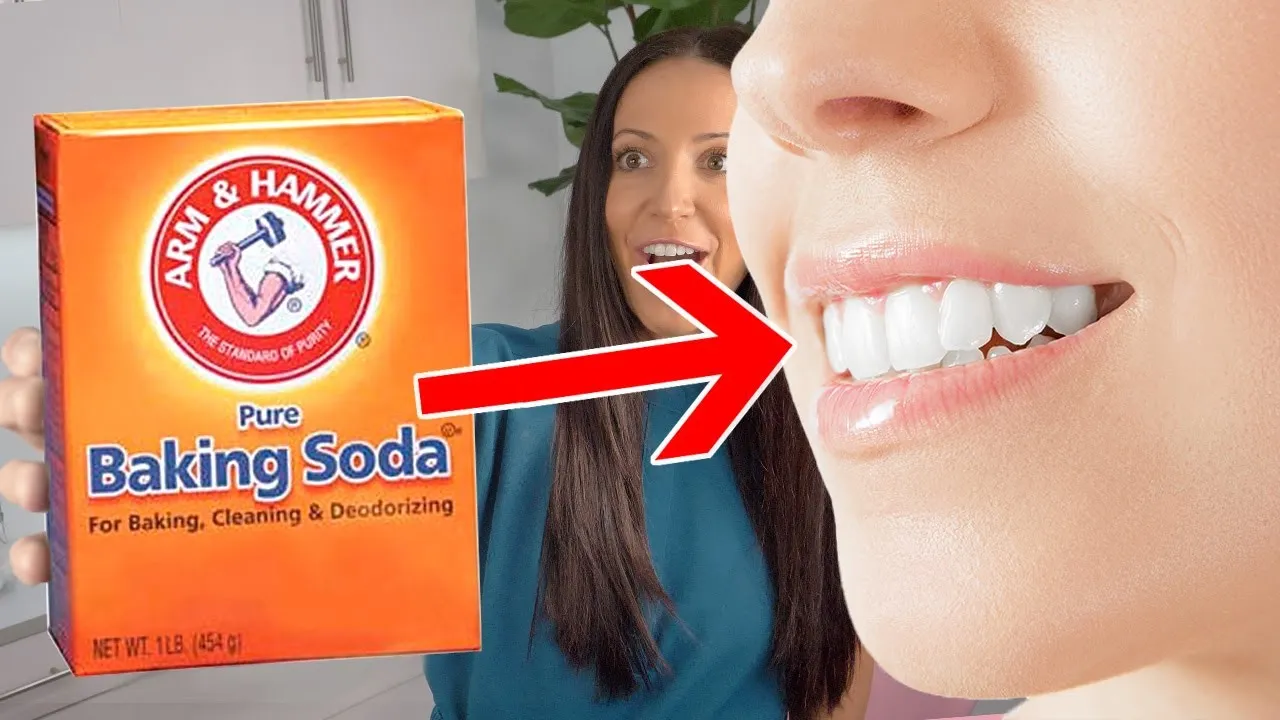
When considering teeth whitening options, it’s helpful to compare baking soda with other methods. Each method has its own advantages and disadvantages, and the best choice depends on individual needs, preferences, and oral health conditions. This comparison helps you make an informed decision, weighing the benefits against the potential risks of each approach. Different methods offer varying levels of effectiveness, cost, and convenience. The ultimate decision should be based on your specific needs and goals for achieving a brighter smile. Understanding all alternatives is the key to getting the best results.
Whitening Toothpastes vs Baking Soda
Whitening toothpastes are a convenient option for many, containing mild abrasives and chemical agents designed to remove surface stains. Unlike baking soda, most whitening toothpastes also include fluoride, which helps to strengthen enamel and protect against cavities. While whitening toothpastes are generally safe for daily use, they may not be as effective as baking soda in some cases. Baking soda is more abrasive than many whitening toothpastes, potentially leading to quicker results, but also increasing the risk of enamel erosion if overused. The choice between the two depends on your individual tolerance for abrasion and your preference for added benefits like fluoride. Consider your overall oral health and the desired outcome when choosing between these two methods.
Professional Whitening Treatments
Professional teeth whitening treatments, performed by a dentist, offer the most effective and safest way to whiten teeth. These treatments use high-concentration bleaching agents that can significantly lighten the color of your teeth, addressing both surface stains and intrinsic discoloration. Professional whitening treatments are also supervised by a dentist, minimizing the risk of side effects. While professional whitening is more expensive than DIY methods, it provides the most reliable results and ensures the health of your teeth. For those seeking the most dramatic results or addressing deeper discoloration, professional whitening is the best option. Your dentist can also provide personalized advice and address any underlying dental issues, ensuring a safe and effective whitening experience.
Conclusion
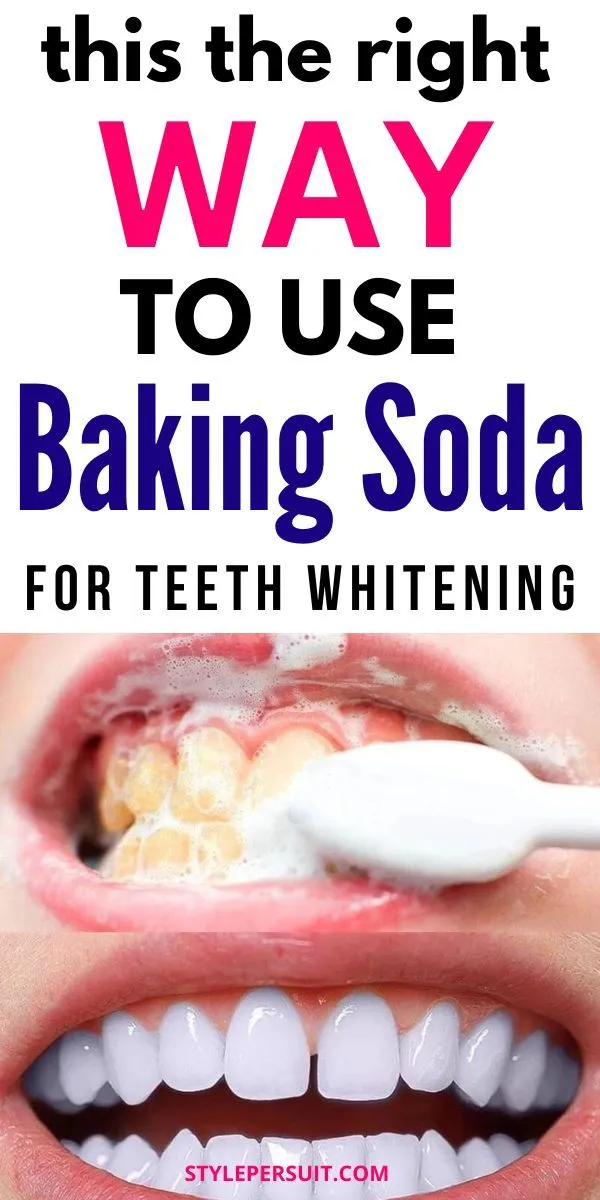
In conclusion, baking soda can be a useful tool for teeth whitening due to its abrasive properties and ability to remove surface stains. However, it’s essential to use it cautiously and in moderation. While it offers a cost-effective and accessible method for improving the brightness of your smile, the potential risks, such as enamel erosion and increased tooth sensitivity, must be considered. When used correctly and with proper technique, baking soda can be a helpful part of your oral hygiene routine, but it should not replace regular dental check-ups or professional advice. If you’re considering using baking soda for teeth whitening, consult with your dentist to determine if it’s the right choice for you and to ensure the continued health and longevity of your smile. Your oral health always comes first.
